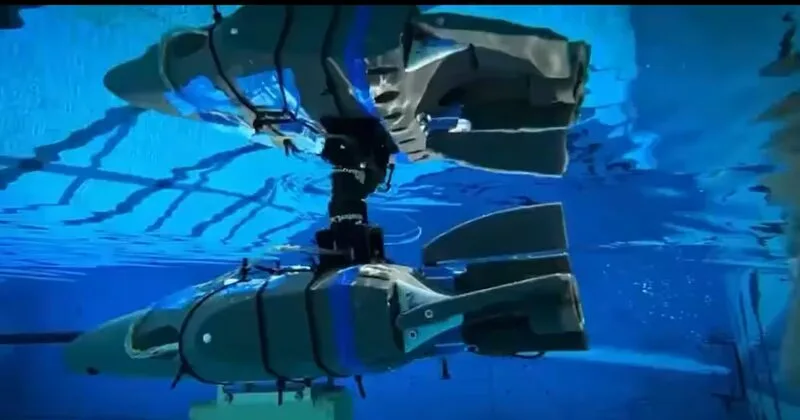
NASA is testing tiny underwater robots as part of its SWIM (Sensing With Independent Micro-swimmers) project, aimed at exploring subsurface oceans on icy moons like Jupiter’s Europa and Saturn’s Enceladus. These robots, designed to detect chemical and temperature signals indicative of life, are part of a futuristic mission concept involving swarms of cellphone-sized devices navigating beneath thick ice layers to explore alien seas.
Recent tests conducted at Caltech’s pool in Pasadena, California, demonstrated the robots’ ability to navigate autonomously, correct their course, and even perform coordinated tasks like spelling out “JPL.” The prototypes used in these trials measured about 16.5 inches (42 cm) and weighed 5 pounds (2.3 kg). However, for spaceflight purposes, their size would be reduced to approximately one-third, making them significantly smaller than existing underwater exploration vehicles.
Developed by NASA’s Jet Propulsion Laboratory in Southern California, the SWIM project was supported by NASA’s Innovative Advanced Concepts program under the Space Technology Mission Directorate. Work on the project spanned from spring 2021 to fall 2024, showcasing advancements in autonomous underwater technology for extraterrestrial exploration.

Post Your Comments